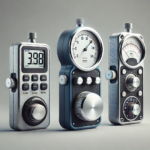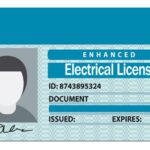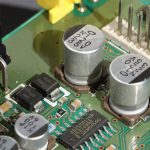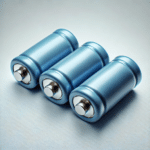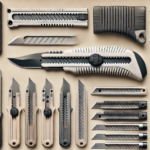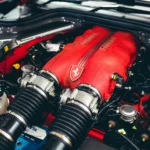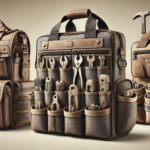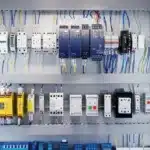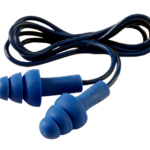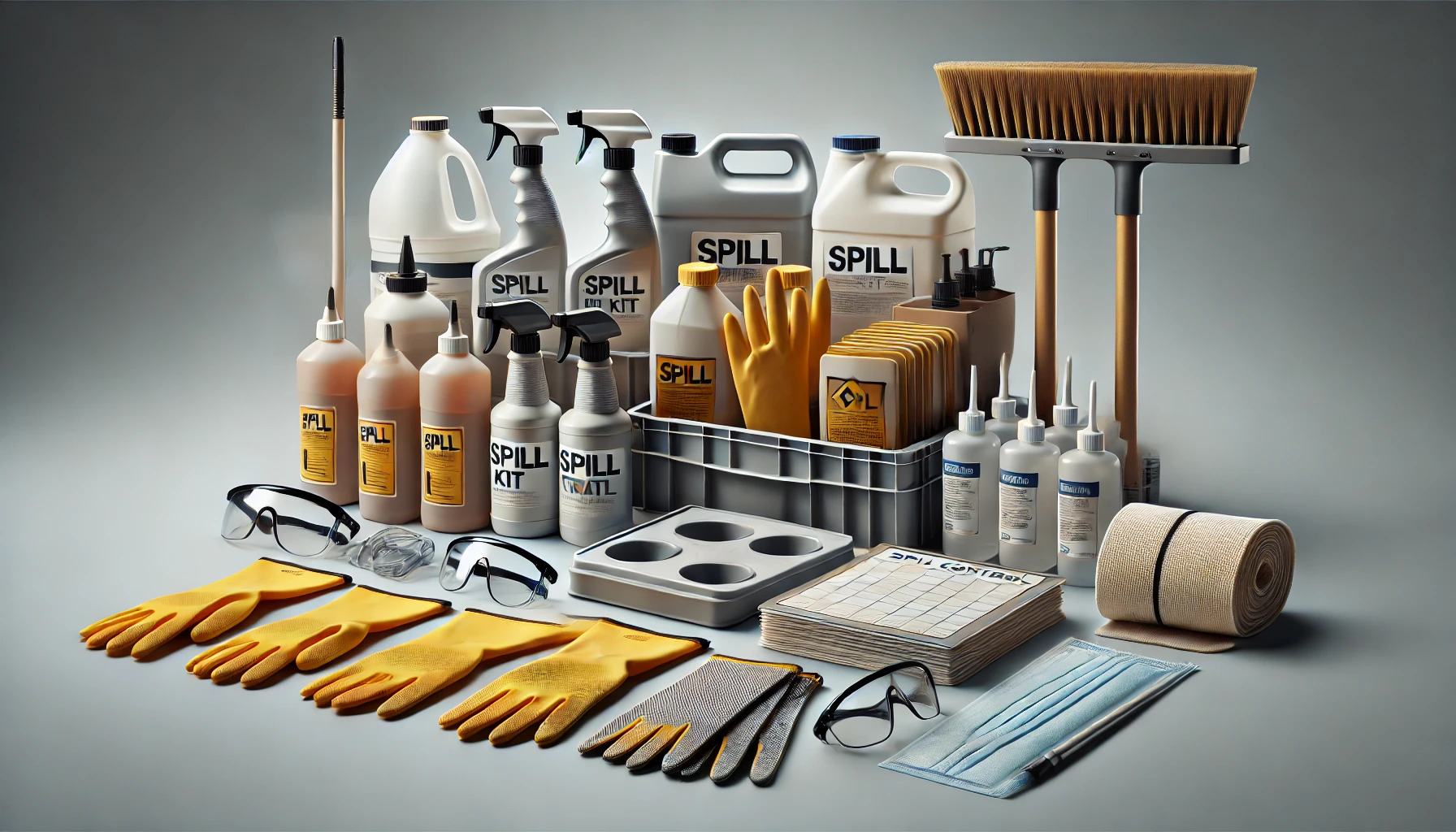
Introduction
Spills can pose significant risks to workers’ health and safety in various facilities and affect the environment. Effective spill control equipment is essential to mitigate these hazards and maintain a safe and compliant working environment. This blog deeply covers the pivotal role of spill control equipment in different workplaces, explaining its common types and applications and how it contributes to enhancing workplace safety.
What are Spill Control Equipment? Understanding the Importance of Spillage Control
Spill control equipment refers to a range of products and systems designed to manage and mitigate the impact of hazardous spills. These site safety tools and resources absorb or neutralise spills of hazardous materials, such as chemicals, oils, fuels, and other substances detrimental to human health and the environment. Spill prevention equipment includes a range of cleaning products, kits, and absorbents that respond quickly to various spills.
Spill control is significant in industries where chemicals, oils, or other hazardous materials are used. Spills can pose significant risks, including health hazards to employees, environmental damage, and potential legal consequences for the business. Effective spillage control measures provide timely risk assessment, ensure compliance, and foster a safer working environment.
The Occurrence of Spills: A Brief Look to the Most Common Workplace Spills
Spills are an unfortunate reality in many industries and environments. From oil spills in oceans to chemical leaks in factories, these incidents can have significant environmental, economic, and social consequences. The most common causes of spills include human error, equipment failure, and natural disasters. Different industries face various types of spills, each requiring specific control measures. Some of the common spills include:
Chemical Spills
Chemical spills can occur in environments that handle chemicals, including laboratories, manufacturing plants, and other industrial settings. They often involve hazardous substances that pose health risks if not contained promptly and can contaminate water supplies, soil, and air.
Oil Spills
Oil spills are common in sectors such as automotive, marine, and oil and gas industries. They are not only a slip hazard but also pose significant environmental risks. Oil spills are particularly harmful to marine ecosystems and can have long-lasting effects.
Water-Based Spills
While less hazardous, water-based spills can still cause slips and falls. They are common in kitchens, bathrooms, and other areas with water usage.
Radioactive Material Spills
Radioactive material spills are a serious environmental hazard that requires immediate response. They can have irreversible consequences for human health and the ecosystem, ranging from immediate radiation exposure to long-term contamination of soil, water, and air.
What are the Different Types of Spill Control Equipment?
Spill control equipment is classified into various categories based on the type of spill it is designed to contain and the method it uses to control the spill. Some of the main categories include:
Spill Containment Products
They involve a collection of different spillage control products. Spill kits, in particular, are pre-packaged sets of spill-prevention tools and contain a variety of items. A spill kit may include absorbent pads, booms, gloves, and protective clothing. They are available in different types, such as oil-only kits, chemical kits, and universal kits designed to absorb oil-based spills, chemical spills, and non-aggressive liquids. Other spill containment products include spill pans and spill trays that contain and prevent spills from reaching the floor.
Spill Absorption Materials
Spill absorption materials are designed to soak up spills and prevent further contamination. They come in various materials, including polypropylene, cotton, and recycled materials. Spill absorbents include pads and mats to soak up spills, brooms and shovels to sweep up solid spills, and oil skimmers to remove oil from water surfaces.
Spill Neutralising Agents
For spills of corrosive substances, neutralising agents can be used to neutralise the chemicals and render them less harmful. These agents can be powders, liquids, or granules. Examples include neutralising chemicals to neutralise acids or bases in spills and acid-base indicators to determine the spill’s pH for selecting an appropriate neutralising agent.
Spill Cleanup Equipment
Spill cleanup equipment is a specialised set of tools well-designed to safely and efficiently contain, absorb, and remove hazardous substances from spills. These may include vacuum cleaners for cleaning solidified spills and pressure washers for cleaning large spills or contaminated areas. A waste container is another spill-cleaning solution that safely stores and disposes of contaminated materials.
Personal Protective Equipment (PPE)
PPE plays a critical role in providing a physical barrier between the individual and hazardous materials during spill cleanup operations. They include chemical-resistant gloves, safety glasses, respiratory protection, protective clothing, safety footwear, and aprons. The equipment ensures the prevention of accidents and injuries and helps minimise potential health risks during spillage control in various settings.
The Role of Spill Control Equipment in Maximising Safety Across Different Sectors
Spills are common in many industries, including, but not limited to, manufacturing, chemical processing, and logistics. Spill control equipment serves as a first-line defense in safeguarding employees and the environment. By promptly containing and cleaning up spills, these tools help prevent accidents, reduce the risk of slips and falls, and minimise environmental contamination.
Moreover, effective spill prevention and control equipment are indispensable in facilities such as healthcare and laboratories to maintain a safe and compliant workplace. Other industries where spill control equipment is essential include food and beverages, warehouses, chemical plants, construction, oil and gas industries, agriculture, waste treatment plants, and the automotive sector.
Final Thoughts
Spills, whether minor or major, can pose serious risks in the workplace, leading to potential injuries, environmental damage, and costly fines. The effective management of spills requires the right equipment and a proactive approach. Spill control equipment, critical site safety components, enable organisational compliance and promote a culture of safety and responsibility in the workplace.






